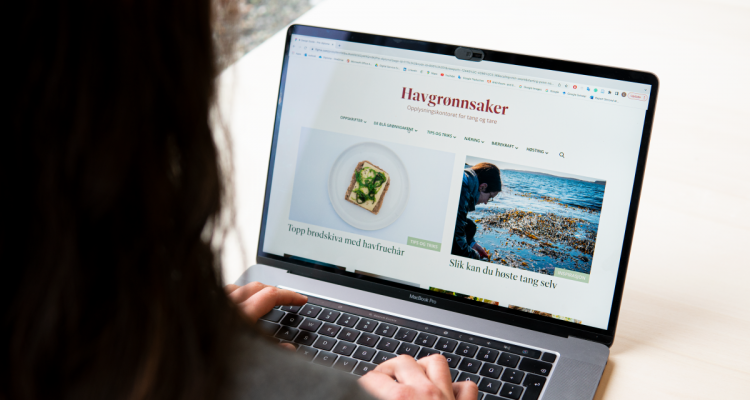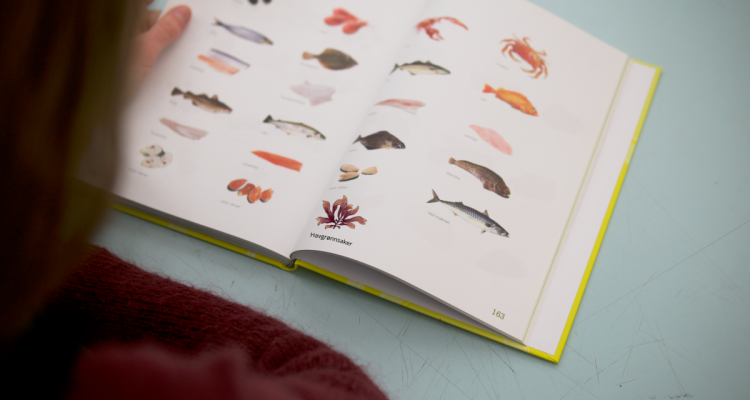Diplomprosjekt
Systemorientert design
Vår 2022
Institutt for design
By focusing on the semantic, cooking, and nutritional information, we have explored how seaweed could become a bigger part of the Norwegian diet.

Norway presents unique qualities to become the leading seaweed nation as it has the market experience and access from the seafood industry and a unique landscape suitable for growing seaweed. While this sea vegetable has been manifested in Norwegian diets in the past, today seaweed has lost its associations to the culinary world.
Being a delicious, nutritious, and sustainable ingredient, seaweed offers a lot of potential to the future challenges of our food system. While it has been a traditional part of Asian cuisines since a long time, it is now gaining more popularity within the West.
Today there are several challenges that the seaweed industry needs to address to penetrate the food market. In our research, we found that there are some linguistic inconsistencies that can cause confusion. The same specie can have several names and the Norwegian translation seaweed ‘tang og tare’ is challenging. This can make it hard to introduce it to the consumer and reachthe international market.
Seaweed also lacks a clear classification system and is currently not present in any food category. Categorising seaweed can be hard: from a nutritional point of view, seaweed has a lot of similarities to vegetables, but from a kitchen viewpoint, it is treated like seafood.
To address all these linguistic obstacles, we have created a set of semantic recommendations and put them into different contexts.
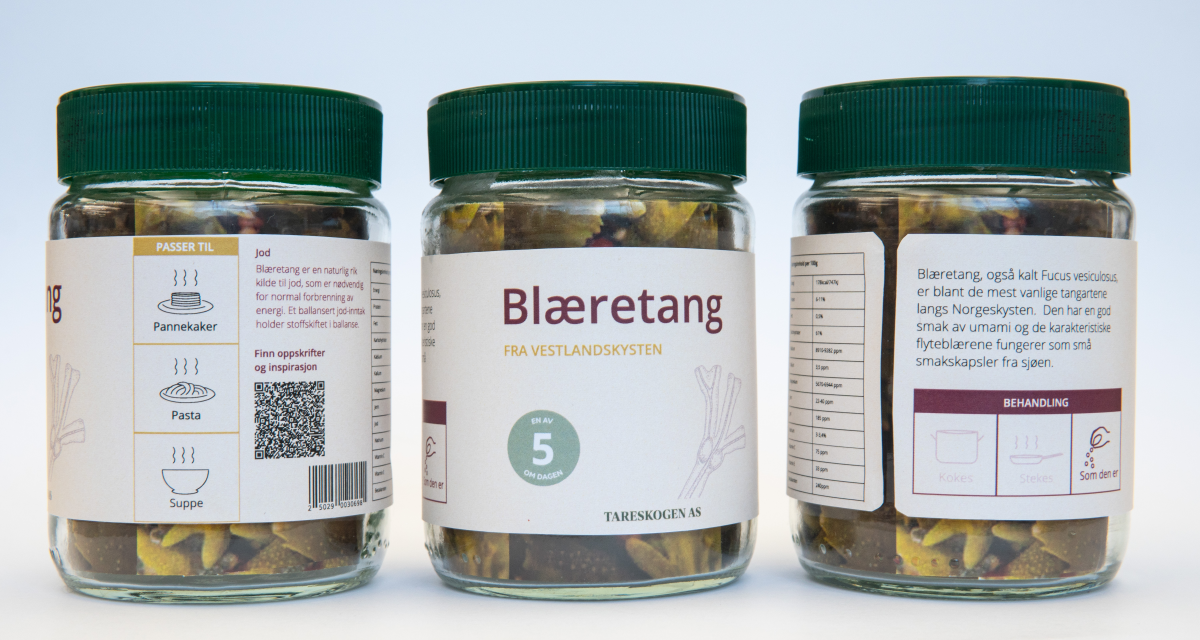
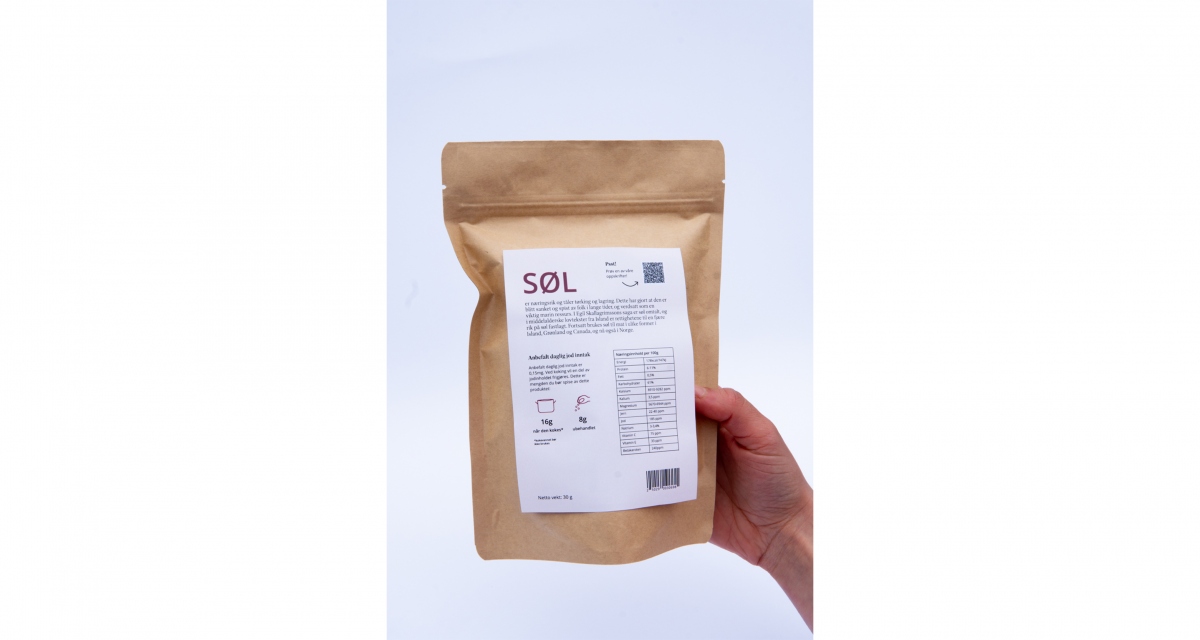
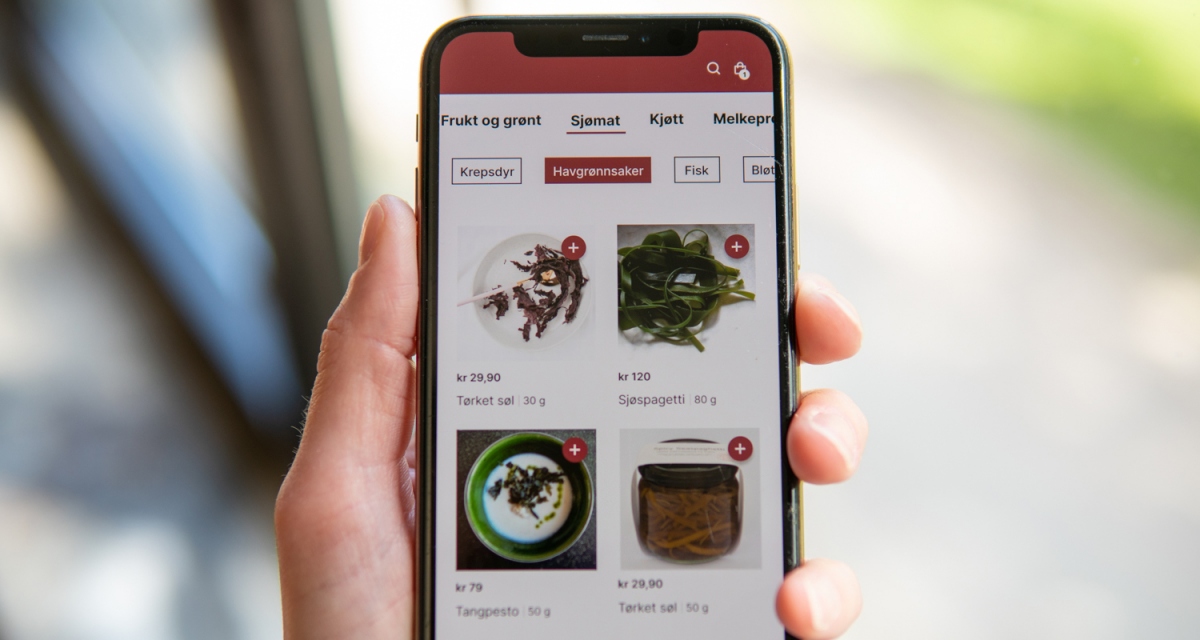
There are other issues regarding consumer information that need to be tackled for seaweed to become an ordinary food product. From speaking to consumers, we realised that health factors can influence consumers’ shopping decisions. If the information is not clear, consumers prefer not to consume any of it. With seaweed being both a very nutritional ingredient and highly concentrated in iodine, it is important to provide consumers with clear guidelines. As a result, we have created various labels that can educate consumers about the nutritional benefits and risks of seaweed.
Cooking with seaweed can be quite intimidating when you are not used to having it in your food. To address this, we have also created a set of labels that can guide users on how to cook and pair the seaweed.
All these interventions aim at creating new associations of seaweed as food.
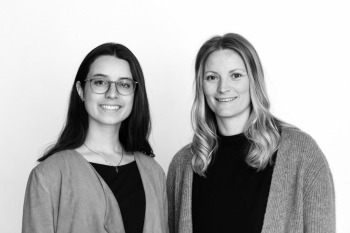
Cannelle Rambaud Measson / cannellerm@hotmail.de / canlportfolio.com
Henrikke Roaldsnes Ulvund / h.ulvund@gmail.com

